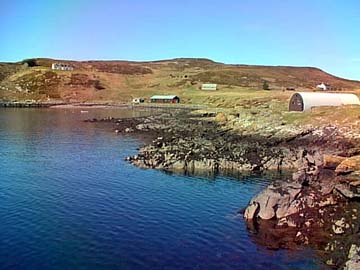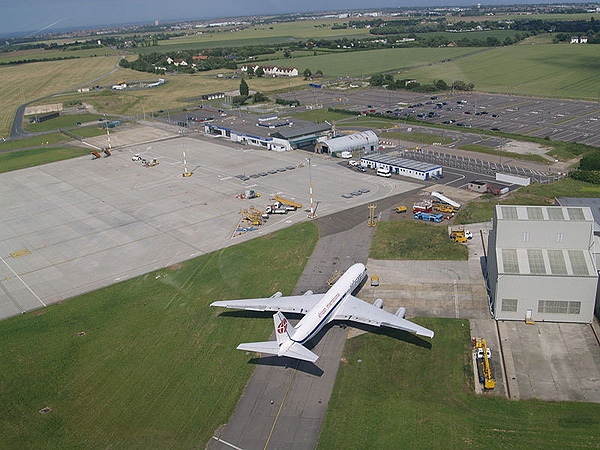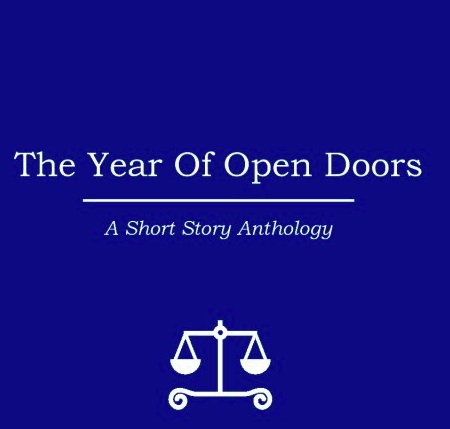The isle of Tanera Mor, just off the north-west coast of Scotland, is going on the open market for sale, for the price of £2.5million.
It is the only inhabited island in the Summer Isles archipelago and provides a rare opportunity for anyone willing to enjoy a unique lifestyle. It comes with nine other residences, a thriving bird colony, a post office, and a ready-made tourism industry. It also inspired a book written by someone who once lived there, and is rumored to have inspired the setting for The Wicker Man.
The current owners have greatly appreciated living on the island, having relocated from an English dairy farm in 1996, but now they are preparing to move on and hand their home to someone else, saying that “it is time for someone else to have the privilege of looking after this amazing place.”
After a meeting with the local community of Coigach, who turned down the chance to take over responsibility for the island due to current environmental projects, it was decided that Tanera Mor should be owned independently, considering that there would potentially be great interest, and the island would be able to fetch a healthy price. Furthermore, the new owners would have to be environmentally responsible, caring for an ecosystem that houses a colony of rare bird life, and would ideally be willing to be part of a small and close community, if not mostly living on their own. For those who enjoy almost total isolation, and living in harmony with nature – and with enough money – it would be the perfect home.
Despite its relative isolation, the island has in fact been inhabited since Viking times, and the name derives from the words “harbor island” in Norse, so its habitable nature should further appeal to those looking to buy.
A property consultant overseeing the purchase has encouraged anyone who fits the bill to come forward and claim a unique opportunity for an island lifestyle, where they could enjoy continuing “support and commitment from the local Coigach community”, and particularly those who would make the island’s sustainability a priority.





